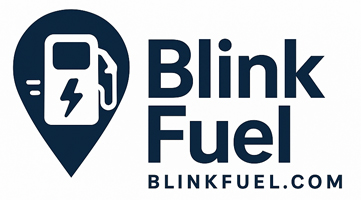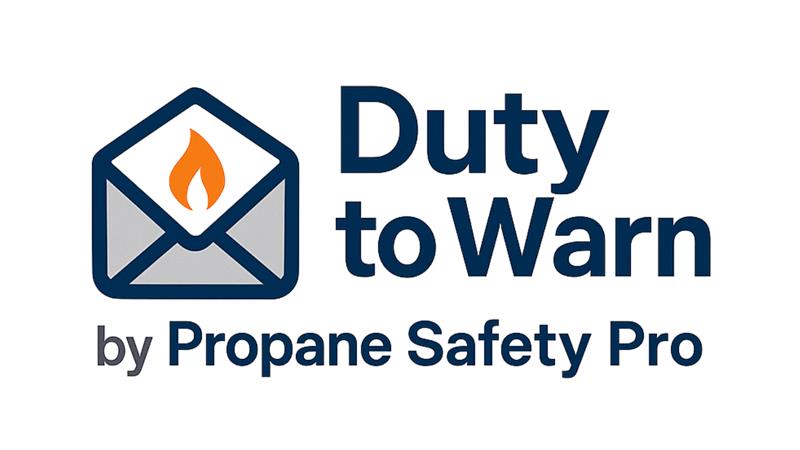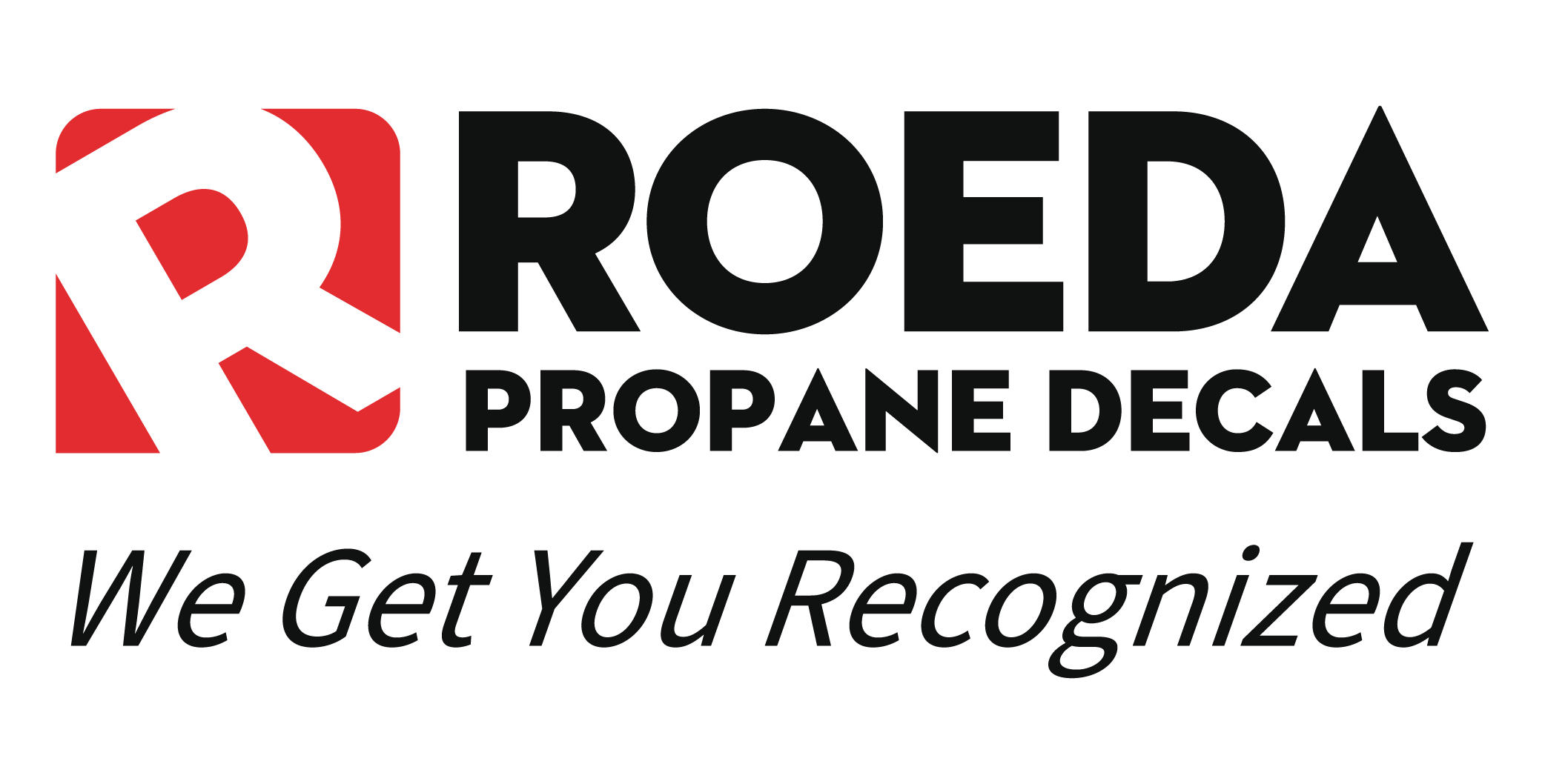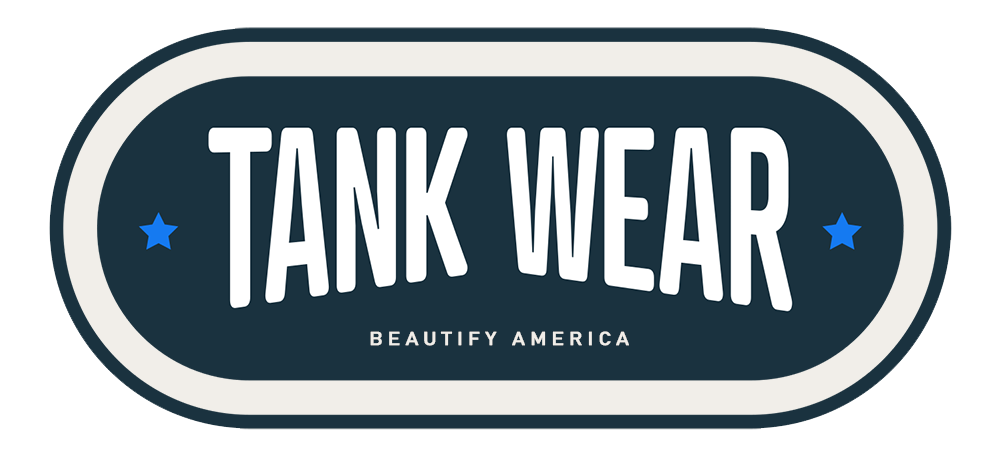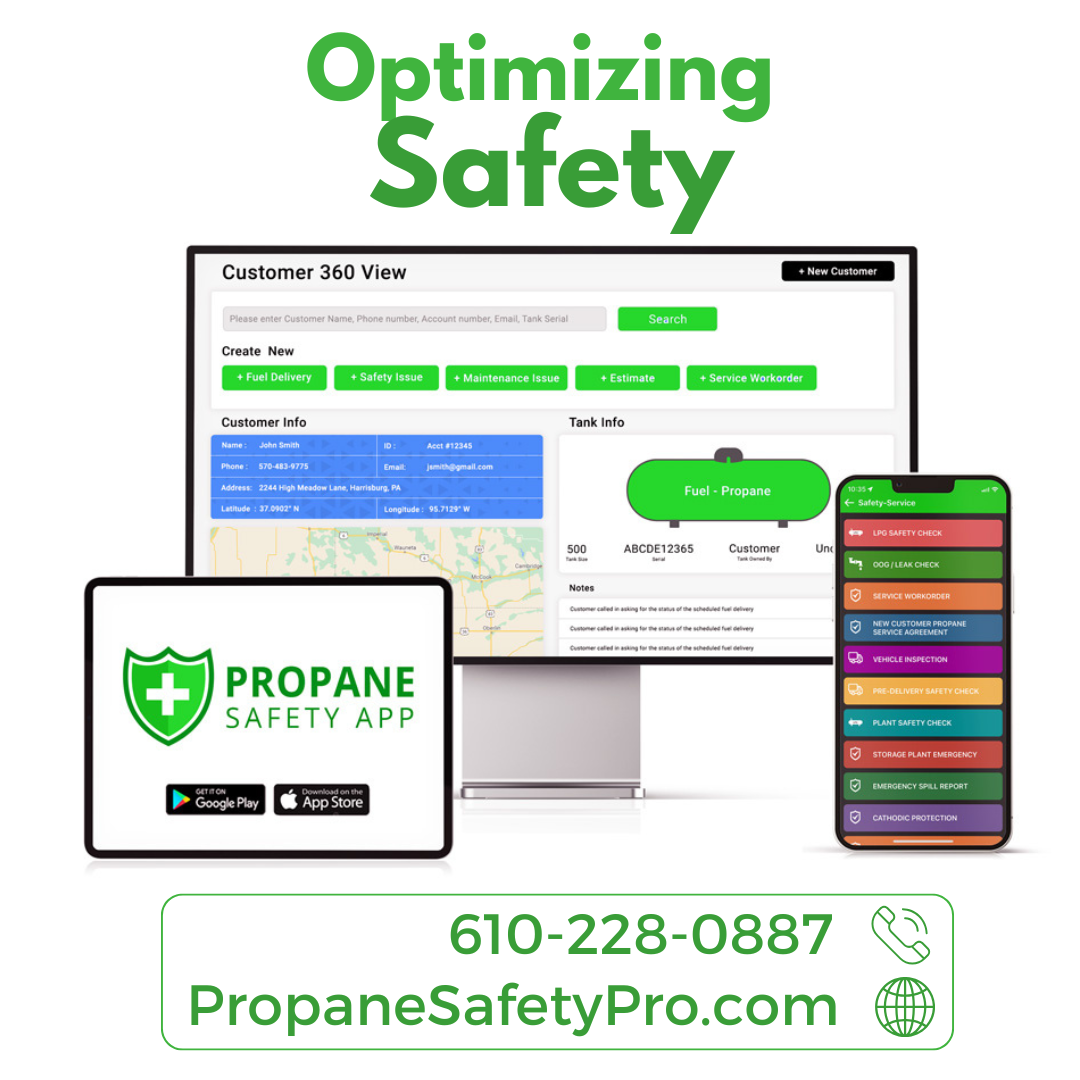Bigger Tank, Smarter Move: When Upsizing Makes Sense for Your Customer
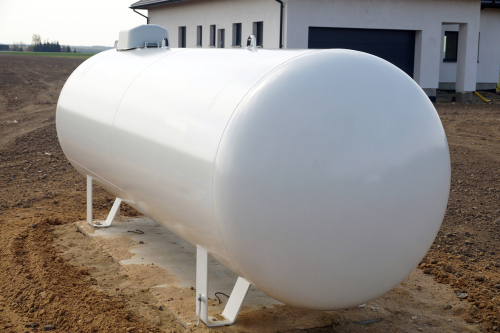
If you’ve been serving the same propane customers for years, chances are some of them are still using tanks that no longer match their needs. As usage patterns change – due to larger families, new appliances, or seasonal business spikes – it becomes important to evaluate whether their current tank size is still a good fit for them. Upgrading to a larger tank isn’t just good for the customer; it can benefit your business too, when done at the right time and for the right reasons.
Spotting the Right Time for an Upgrade
One of the most overlooked signs that a customer may need a larger tank is the delivery frequency. If you find yourself sending drivers out more often than normal just to refill a single tank, that’s a red flag. Frequent fills not only strain your schedule and logistics but may also lead to delivery delays during peak seasons.
Another key signal is usage expansion. For example, if a homeowner adds a propane-fueled generator, pool heater, or second heating appliance, their tank needs may double or even triple. In commercial accounts, businesses that expand their services – such as adding new kitchens, greenhouses, or fleet fueling – often outgrow their tanks without realizing it. Tank pressure drops, inconsistent appliance performance, and high usage during extreme weather can also point to a tank that’s simply too small for its current demand.
How the Customer Benefits from a Larger Tank
From a customer’s perspective, upgrading to a larger tank offers better peace of mind. They’re less likely to run out of fuel, especially during storms, holidays, or busy times. Fewer deliveries mean less disruptions and lower delivery fees over time.
A larger tank can also allow customers to lock in lower prices through bulk purchasing or off-season fills. For commercial clients, this can improve uptime and reduce emergency service calls. That’s a level of reliability most customers value.
You’re also helping your client base to protect their equipment. Low tank levels can sometimes lead to inconsistent gas pressure, which causes appliances to wear down faster.
Why This Upgrade Benefits You Too
On your end, fewer trips to the same address serve to free up your delivery schedule more. That allows your team to handle a greater number of customers or spend more time on high-value accounts. Your route planning becomes more efficient, which saves on fuel, vehicle wear, and labor costs.
A tank upgrade is also a chance to deepen the customer relationship. When you initiate the conversation, it shows that you’re thinking about their long-term needs, not just the next delivery. That kind of proactive service often leads to higher loyalty and more referrals.
And let’s not forget the potential for increased revenue. Larger tanks can hold more propane, which opens the door to larger sales per delivery. If the customer enters into a long-term service or monitoring agreement as part of the upgrade, you add even more value to your recurring revenue stream.
How to Talk to Customers About the Change
Bringing up the idea of a bigger tank should never sound like a sales pitch. Instead, focus on the facts. Mention their current usage trends, how often they’ve needed refills lately, and any recent changes in their property or lifestyle. Show them the practical side of the upgrade – less worry, fewer deliveries, and greater long-term savings.
If they’re on the fence, offer a side-by-side comparison of what they’re spending now versus what they could save with a larger tank. Keep the conversation friendly, focused, and data-backed.
Strengthening the Long-Term Health of Your Operation
Recommending a larger tank at the right moment helps both sides of the delivery line. The customer gets more reliability and convenience, while you gain more efficiency, better routes, and steadier margins. It’s a strategic step that supports smoother operations and stronger relationships. In the dynamic propane market, that kind of alignment can give your business a true competitive edge.


